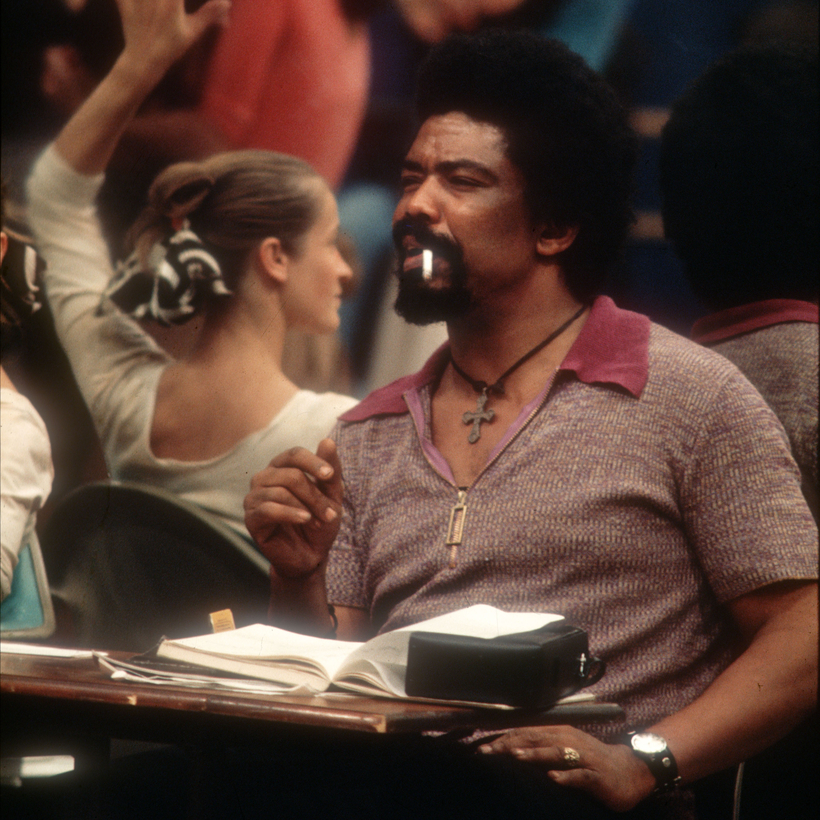As American an art form as the blues, modern dance was once also a protest art surreptitiously and pleasurably swathed in sensuality. For nascent feminism, there was Isadora Duncan flouncing about in Grecian drapery, and for anti-war sentiment Martha Graham offered an Amazon “specter” who gathered and dispensed trouble in the volumes of her skirt. In the early heat of the civil-rights movement, Alvin Ailey took up the political mantle simply by putting black experience onstage, replacing the prevailing cartoonish stereotypes with dances of unpronounced dignity, hard-won optimism, and pantherine power.
Sixty years on, the gentle, looming dancer-choreographer Jamar Roberts invokes Ailey’s marriage of hope and circumstance in his debut as the Alvin Ailey American Dance Theater’s first resident choreographer (after the founder, who didn’t need the title). For his new piece, Ode—which premieres on December 10 during the company’s month at the City Center, and which should prove a season highlight—Roberts “wanted to … address a very hard issue … with as much love as I possibly could.” The issue is gun violence. The love is for its victims: the choreographer cites Trayvon Martin, while the music, a jazz suite by Don Pullen, takes its name from Malcolm X. And there is also Roberts’s love for steps: how much they might contain.

To piano that begins lyrically, “dips down into complete mayhem,” Roberts explains, then “comes out of it in a very beautiful, floaty-floaty way,” he has created a muscular, voluptuous language that seems to press outward from the inside in a steady surge before resolving in stark, jagged shapes for the limbs. The cycle repeats like the ocean tide.
Ode’s six dancers each have their cameos, and in the fragmented, agitated middle they all solo at once. Which is to say, the dance’s structure is sophisticated and constantly engaging. But it’s the dramatic specificity of the steps that speaks most eloquently and decisively. At a recent rehearsal, Roberts returned again and again to the impetus of the movement. “This is a hard shape,” he said. “Don’t arrive there softly.” And, “It’s a reach—but then the reach lets go so it never clutches.” And there it is, the Ailey legacy and style: to aspire (to struggle, even) without ever looking harassed. —Apollinaire Scherr

